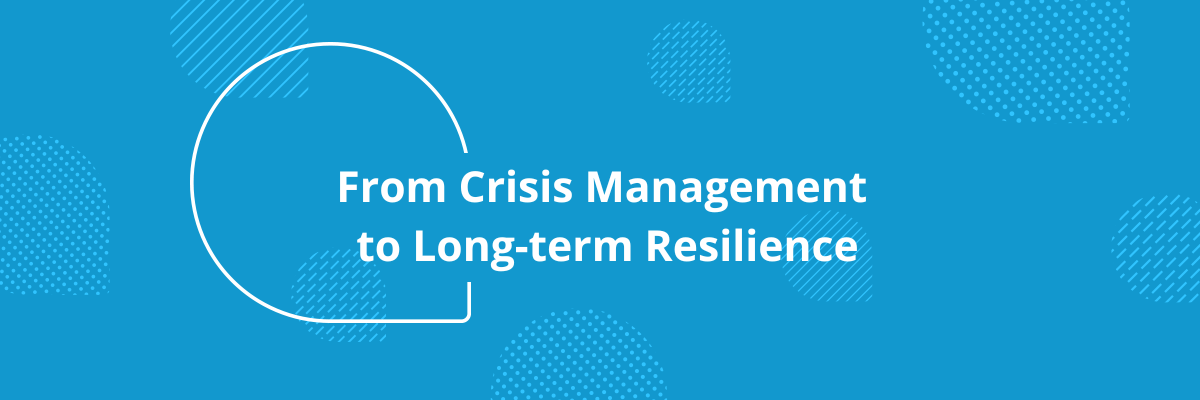As we move forward from the tumultuous impact of the Covid-19 pandemic, procurement has ceased to be the "forgotten function" within the enterprise. In the face of unprecedented disruptions, procurement has been elevated from the trenches to the boardroom, gaining greater influence over strategic decisions. However, the reactive, crisis management approach of the pandemic era is unsustainable in the face of prolonged disruptions. It's clear that procurement needs to shift gears towards long-term resilience, cultivating robust supply chains capable of withstanding future upheavals.
Constructing a Resilient Procurement Ecosystem
The cornerstone of resilience lies in the ability to promptly detect, assess, and respond to threats. To develop this resilience, procurement teams need the right blend of personnel, skills, and tools to execute solutions rapidly. The use of data plays a critical role in providing supply chain visibility, which aids in preempting or mitigating operational disruptions. The CPO Compass 2023 survey by Procurement Leaders reveals that teams are cognizant of the need to broaden their use of data for efficiency gains and are taking actionable steps towards it.
As procurement roles expand and evolve, there is a growing need to liberate professionals from time-consuming processes, enabling them to contribute to strategic or more creative endeavors. With this realization, 54% of respondents reported their intent to scale up the use of automation in 2023. However, for a significant number of companies, automation is still an untapped resource with a quarter of surveyed leaders planning to automate processes for the first time in 2023.
People: The Nucleus of Procurement Evolution
While leveraging data and automation brings about operational efficiencies, it also makes the procurement function more appealing to prospective talent by eliminating mundane tasks. This is crucial in today's competitive labor market. Procurement Leaders' Strategic Planning Guide 2023 demonstrates this shift in priorities with leaders placing team skills and talent development as their top priority for the year ahead, outranking cost savings for the first time in a decade.
It is expected that the scarcity of labor will exert a greater influence on operations in 2023, as suggested by 47% of CPOs. To navigate this, CPOs need to search beyond traditional procurement roles for necessary skills. Almost 60% of respondents have either already incorporated, or plan to incorporate, specialists from fields like sustainability, finance, sales, IT, and supply chain to enhance procurement's impact.
Procurement teams that are diversified in skills, utilize a range of data, and automate the right tasks will be better equipped to deliver results despite the significant challenges.
Mastering the Art of Demand Forecasting
We are in an era of soaring prices and economic uncertainty, further complicated by the pandemic and post-lockdown surges. For companies striving to predict demand, the current climate is significantly more complex than pre-pandemic times. To navigate this complexity, there is a dire need to upgrade advanced demand planning capabilities.
Around 54% of surveyed CPOs acknowledged that their existing demand planning capabilities were insufficient and are implementing changes, while 29% plan to bolster their capabilities in 2023. This strengthening involves a more engaging relationship with internal stakeholders, which provides an understanding of evolving product and component demand, guiding discussions with key suppliers.
The same approach is vital for energy management as the global energy issue isn't likely to be resolved rapidly. With 80% of energy category managers recognizing the risk of escalating costs, the role of energy management and planning will be of utmost importance in 2023 and beyond. More than half of the energy buyers are adopting multisourcing strategies or purchasing alternative materials to cushion against higher prices.
In conclusion, the transition from firefighting to resilience in procurement involves incorporating people, tools, and strategies that can flex and adapt to rapidly changing landscapes. The enhanced role of procurement post-pandemic has shed light on the function's strategic importance and its capacity to steer businesses towards a more resilient future.

.png)
-2.jpg)

